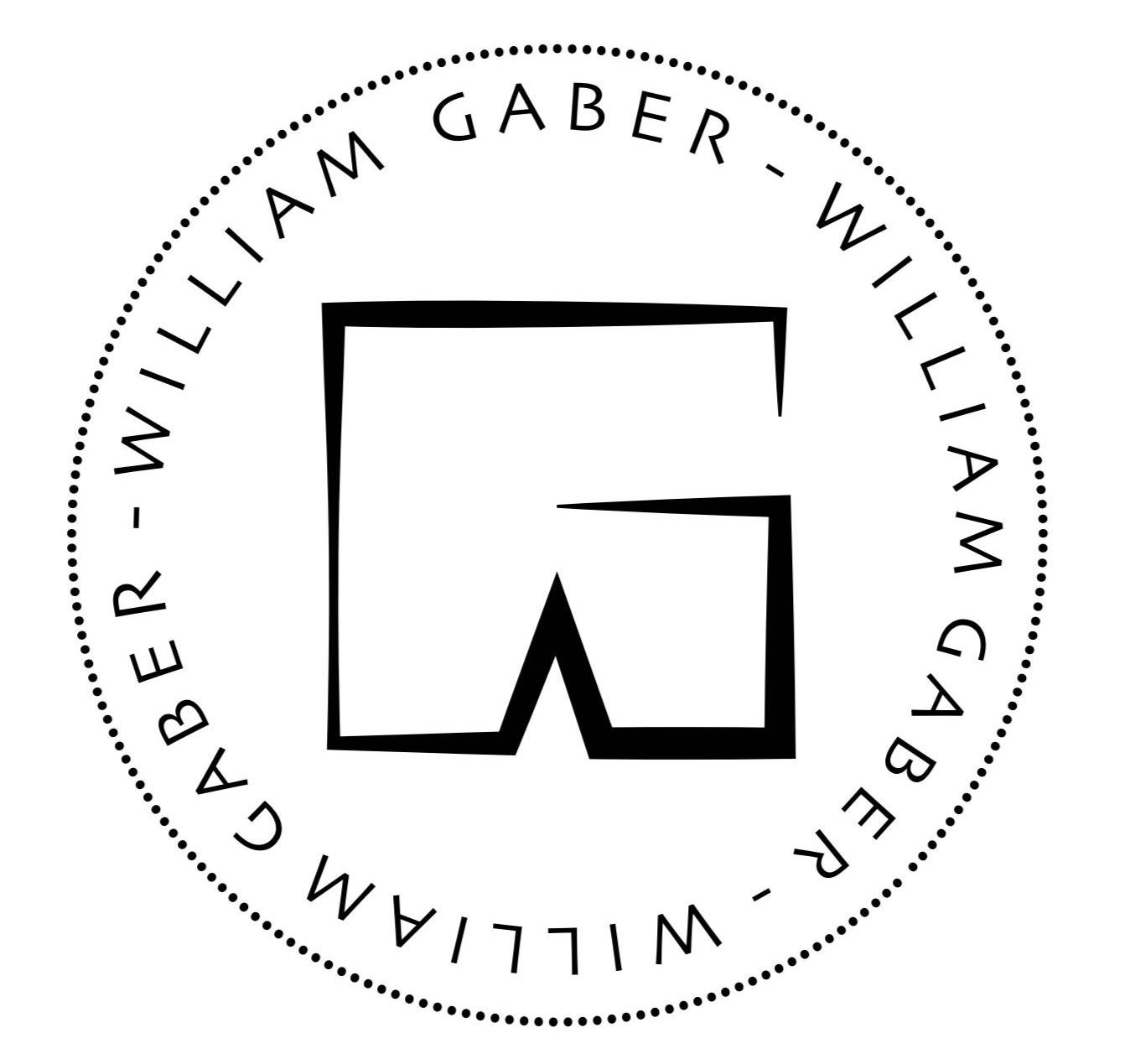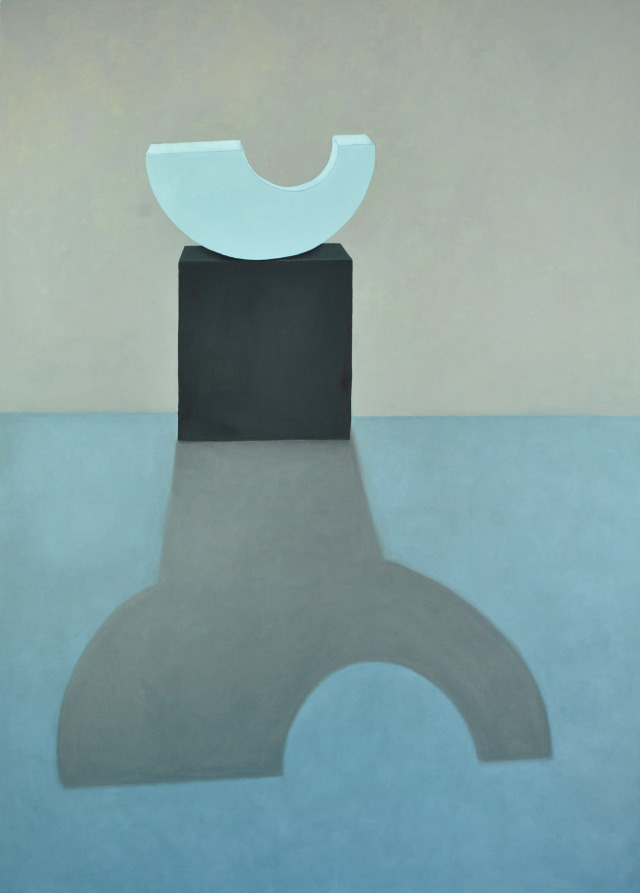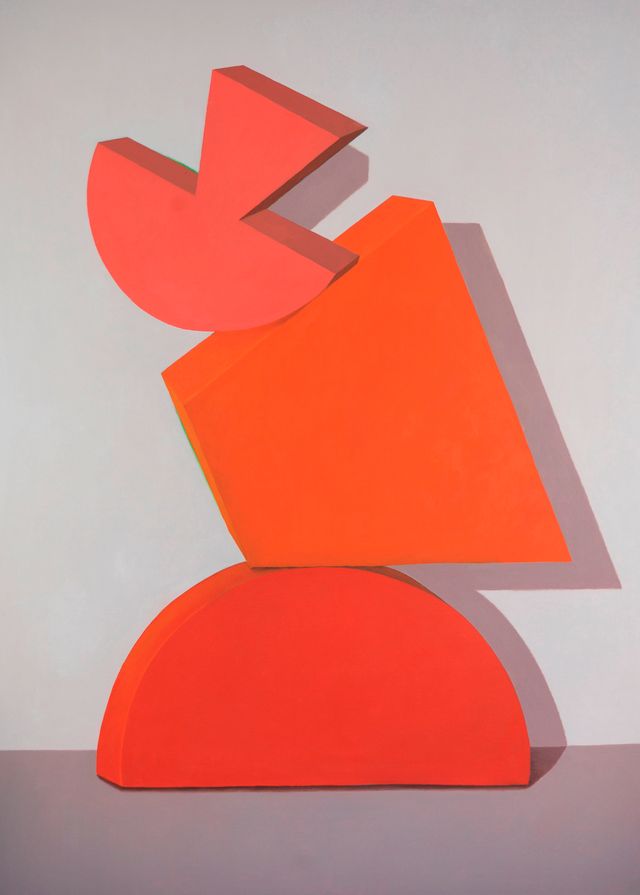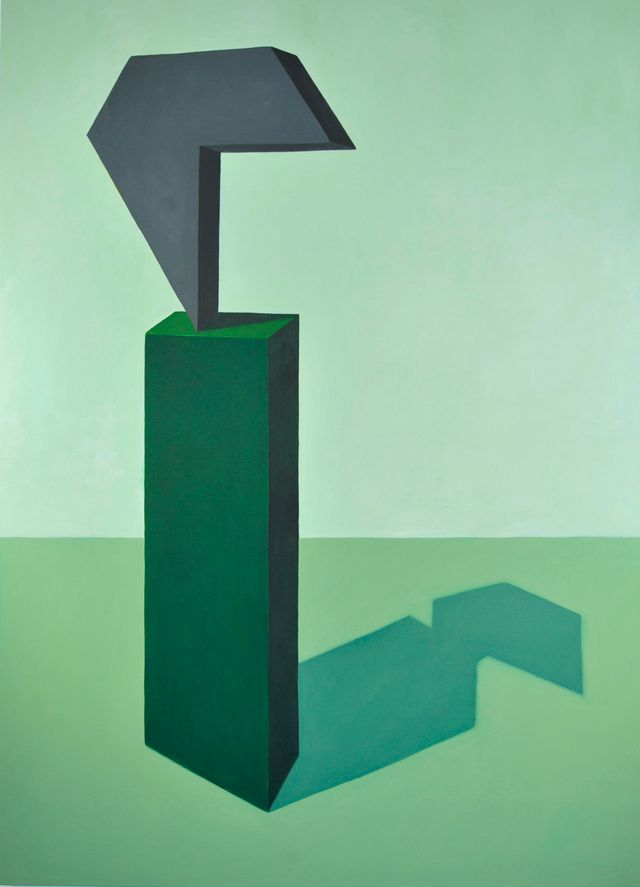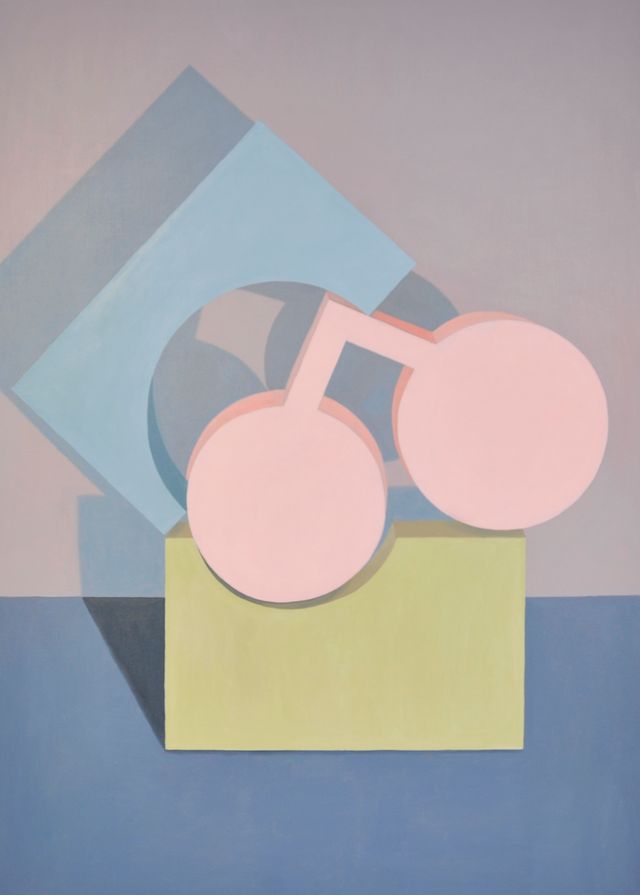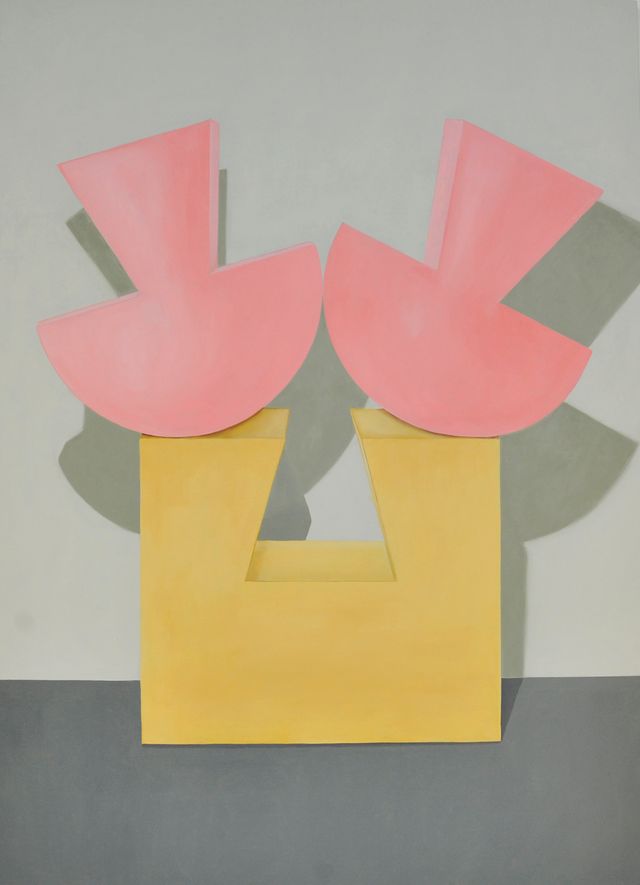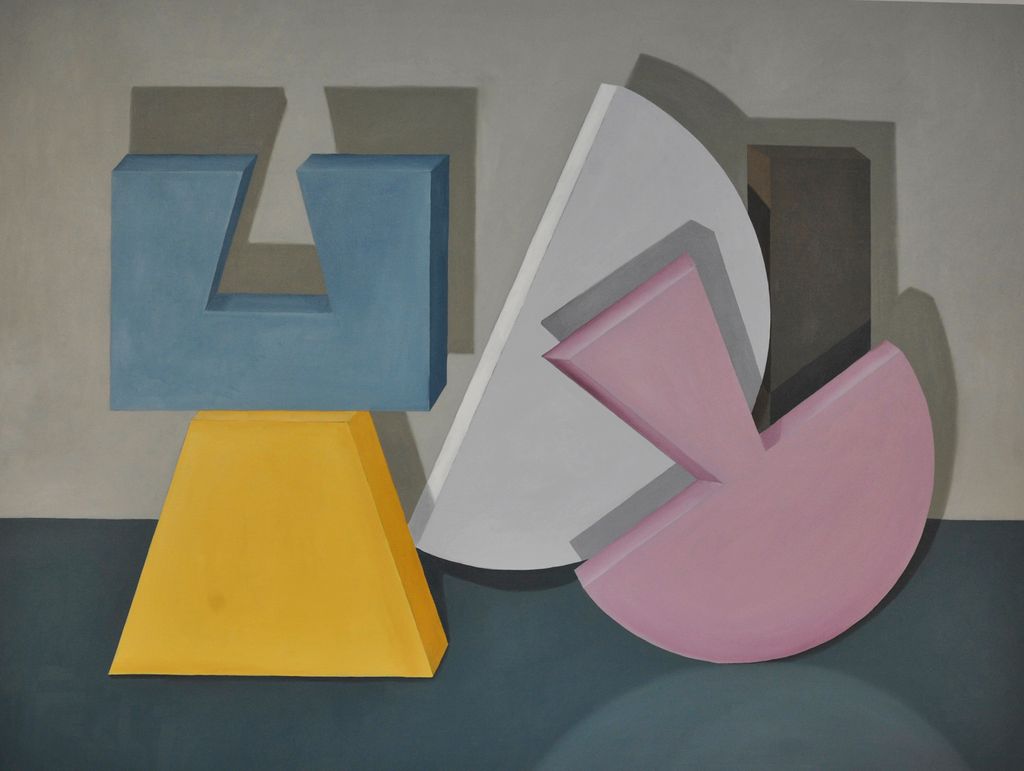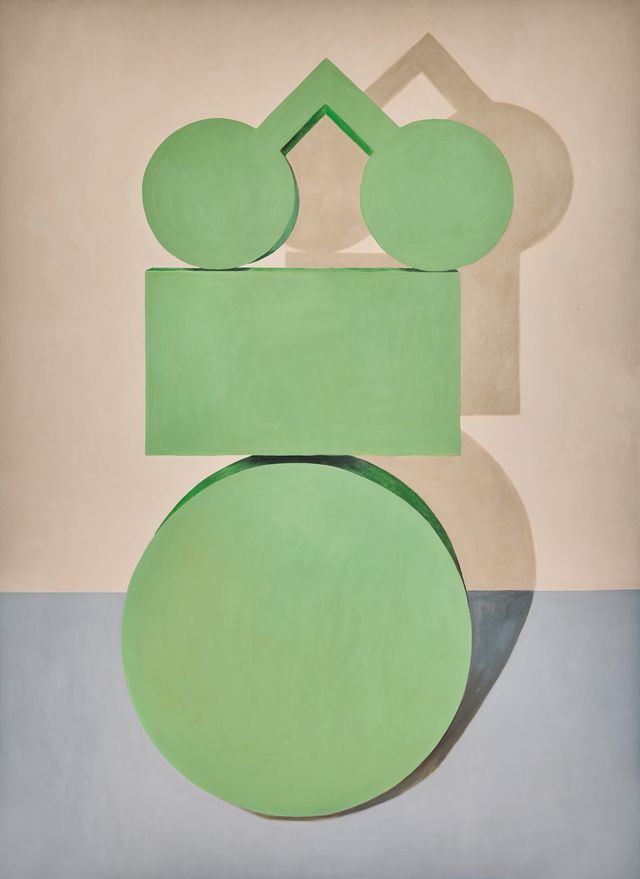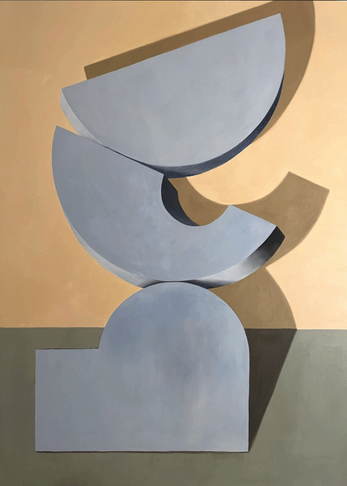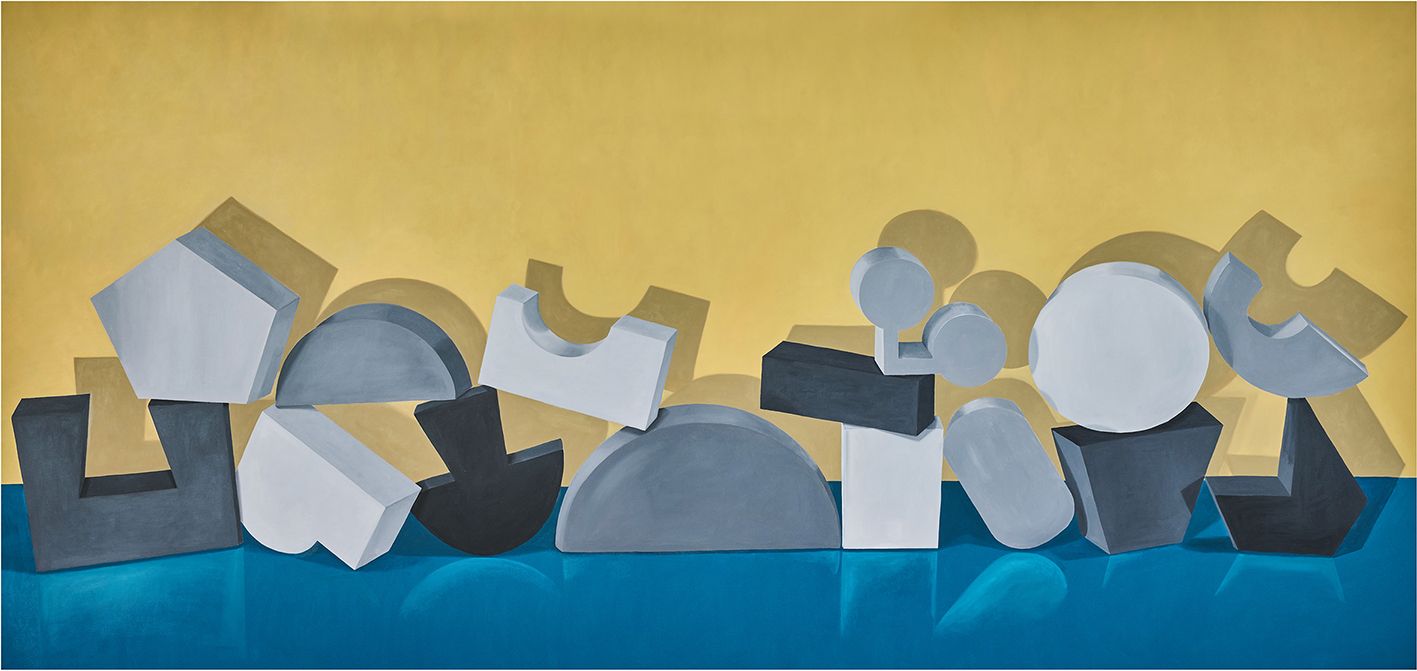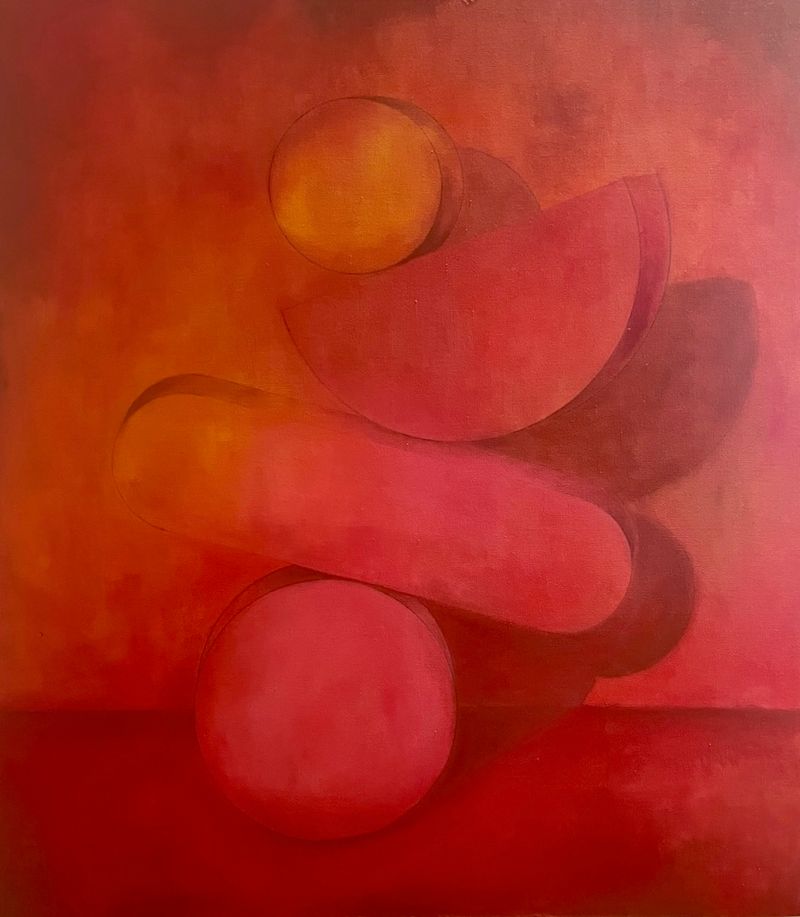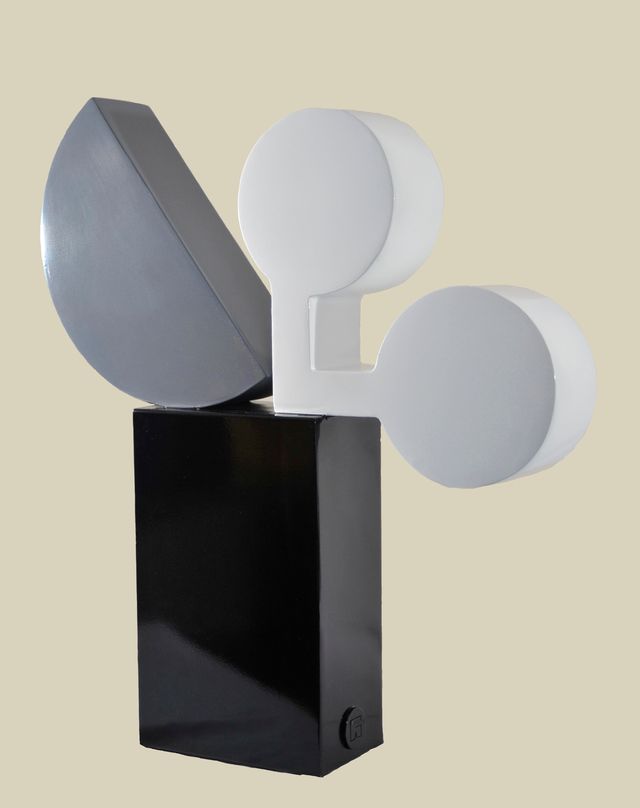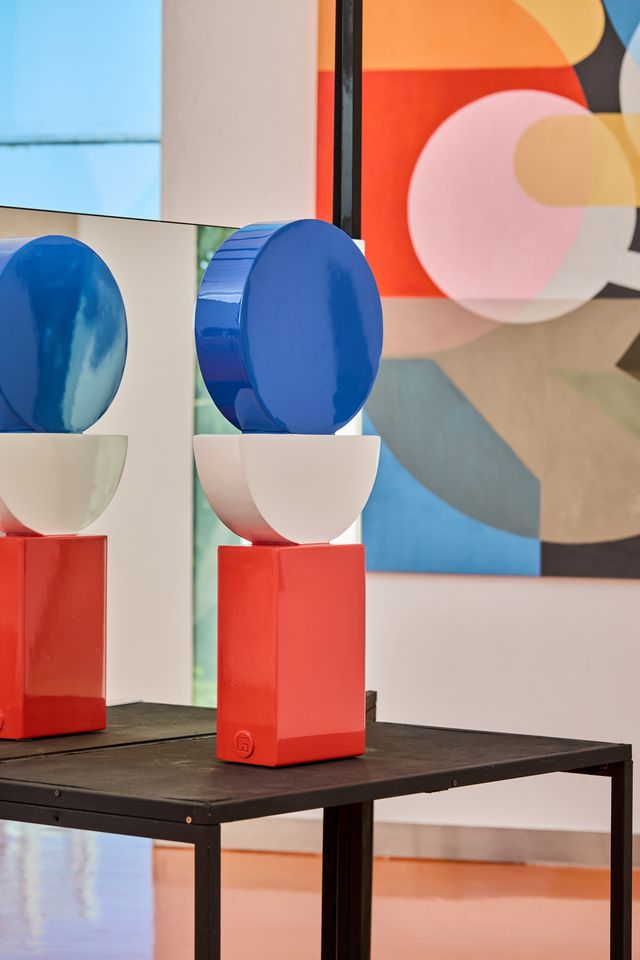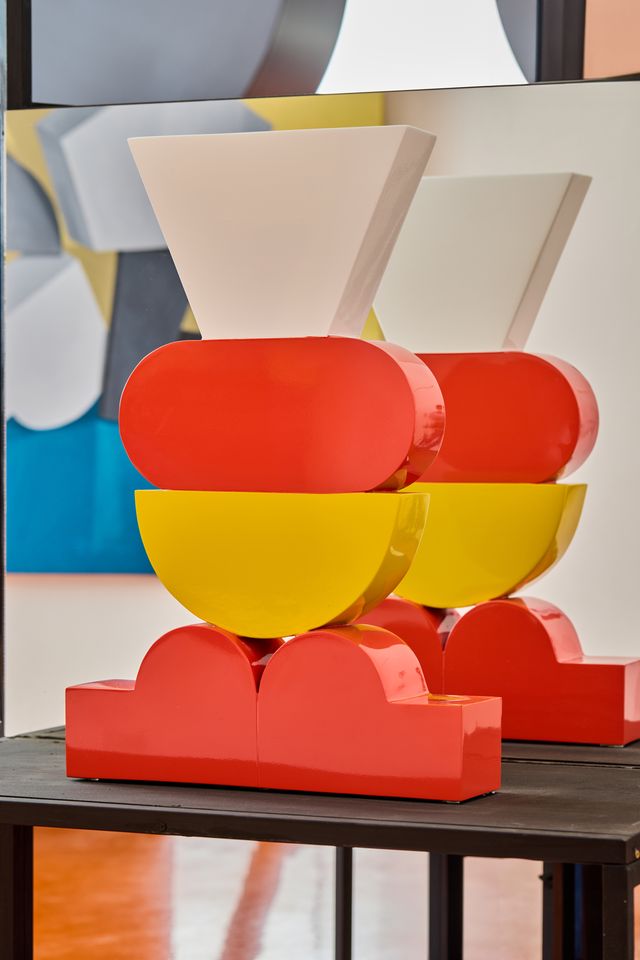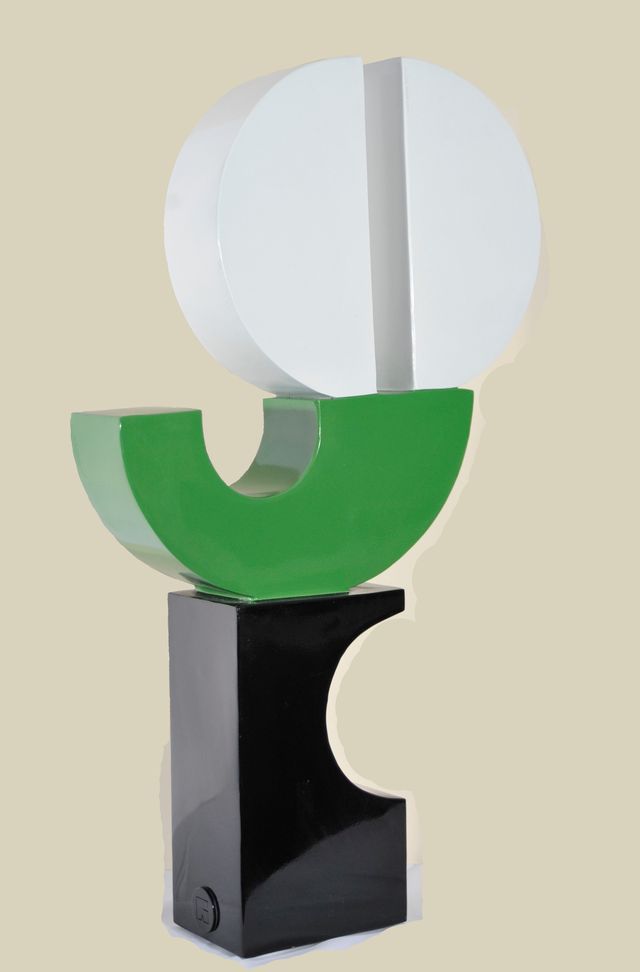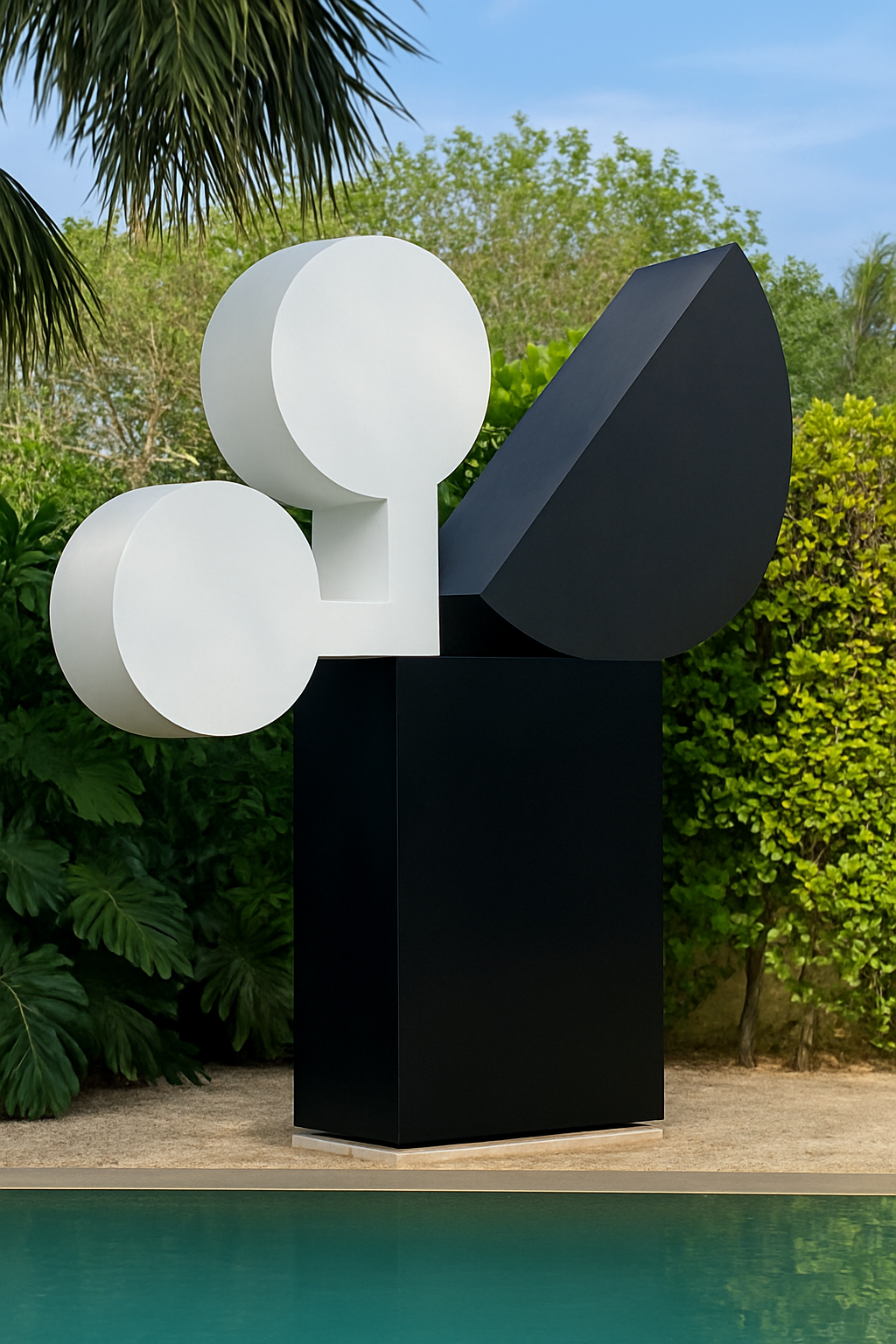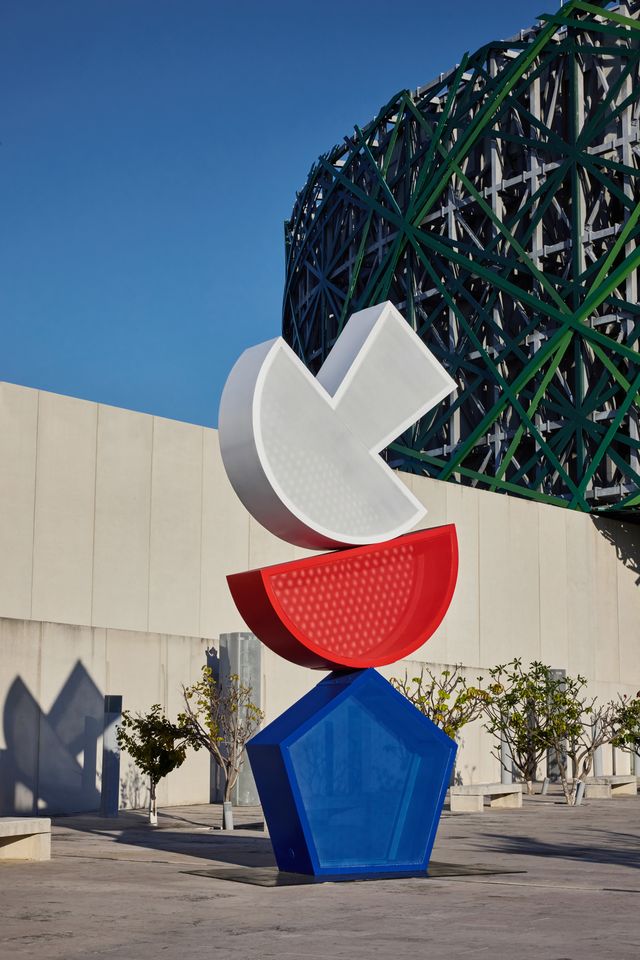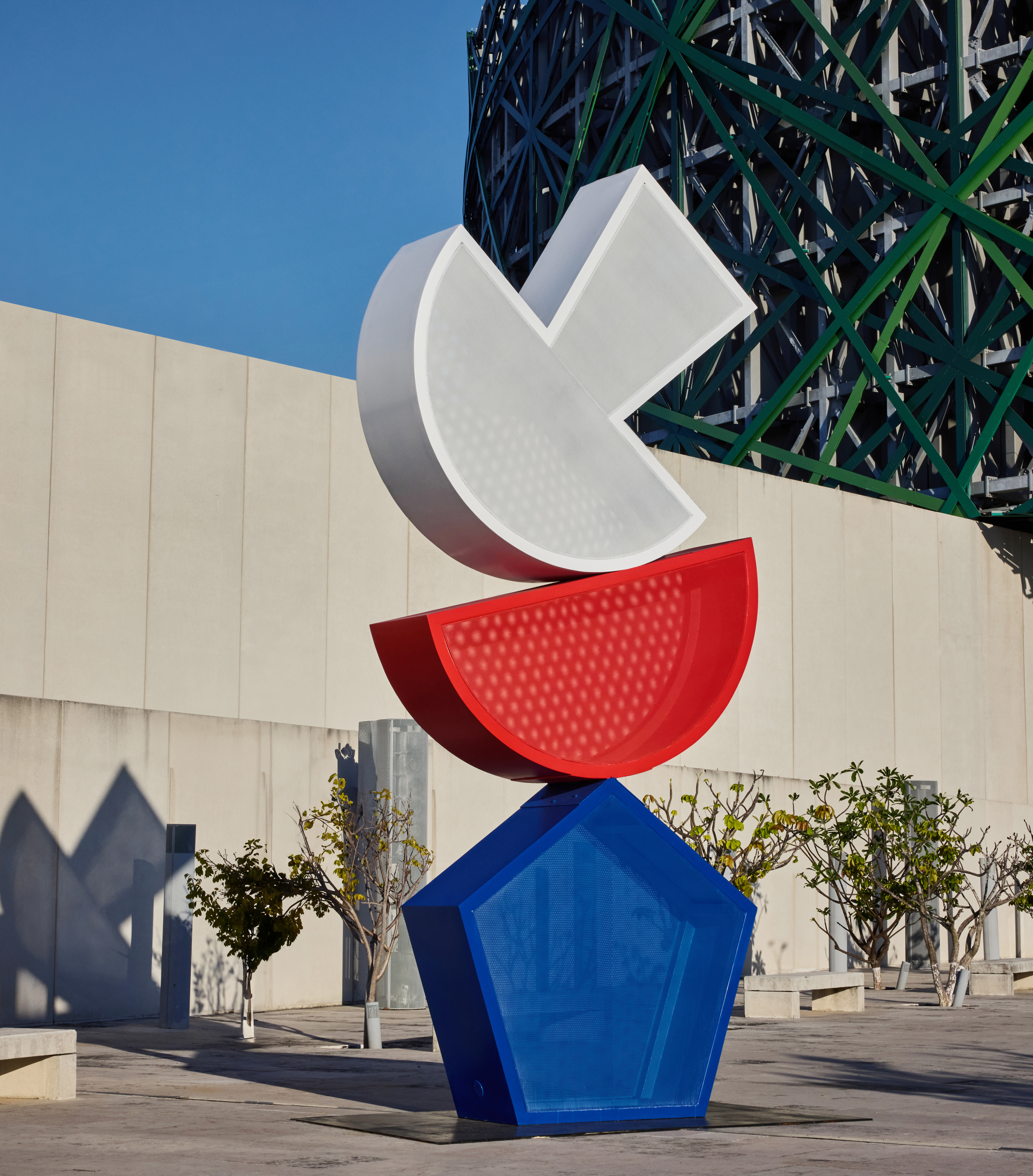
Monumentos
There are different perspectives from which to think about public space, objects, and the people who inhabit them. For William Gaber, monuments are a form of materialization of the various stories that have built and given meaning to the city, which is why the artist proposes that we reflect on the monument, taking it as a node in which “the public” becomes more complex — since it is in this urban object where concepts such as State, power, history, aesthetic experience and, as the present has shown, a space of struggle to question all of the above, converge. The works that William Gaber has produced for this series are based on what we could commonly call abstraction, but I venture to skip this category and think that the artist has resorted to an elementarity of plastic and sculptural matter to start from the zero point of the monument and appeal — in addition to the series of concepts already alluded to — to human principles such as play, learning, and the experimentation of space. Gaber presents us with a set of sculptures and paintings in which he rehearses a series of potential monuments, built from a minimal alphabet of forms, crossed by a constant: balance. Here one of the artist's proposals emerges — if the monument is the materialization of political, cultural, or historical stability, can a monument be erected that, from its very structure, poses the opposite? In this exhibition, the gallery becomes a laboratory or playroom, so that the public can tour the monuments, building a route and a particular experience. Here, no piece or idea is immovable. If something permeates this moment, it is vulnerability — the possibility of art to propose an urban iconography that confronts imposition and authoritarianism and, on the contrary, articulates its discourse through imagination, constant transformation, and beauty. - Raúl Rueda, Curator
